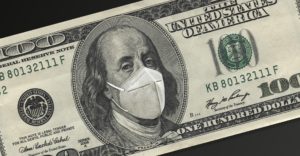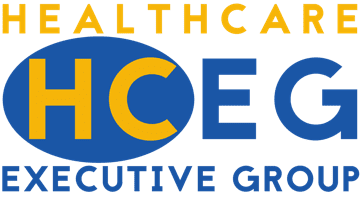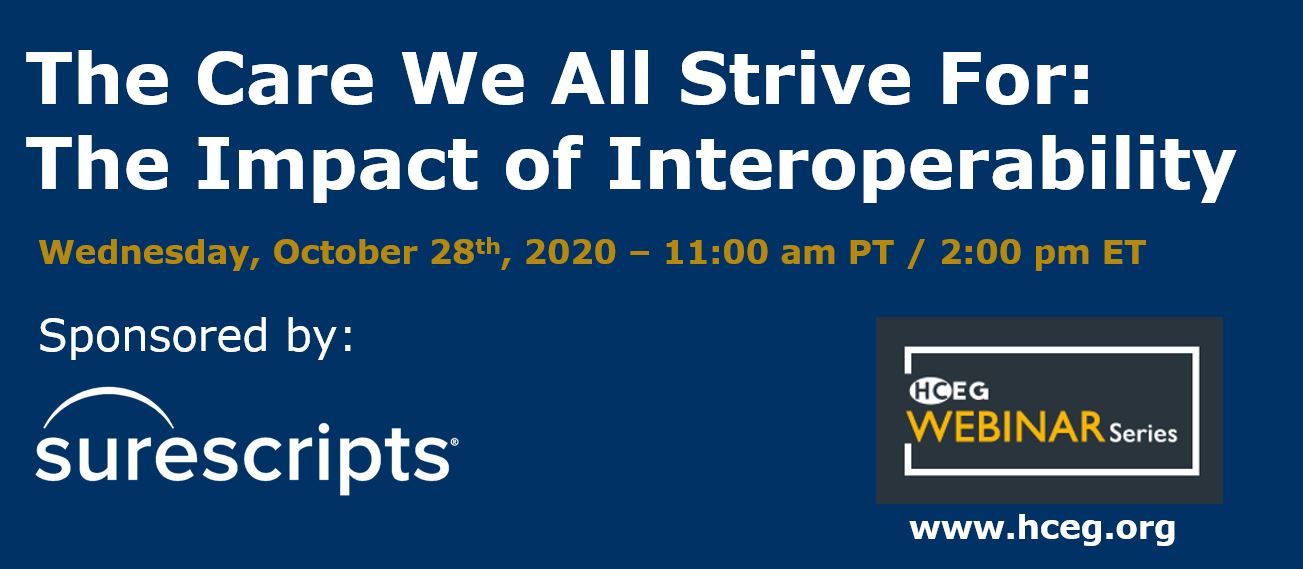
This is the final post of a 3-part series sharing physician perspectives on COVID-19 impact on the fall season. The information, insight, and ideas presented in this series originated from an informal discussion Ferris Taylor of the HealthCare Executive Group had with three physician executives:
HCEG board member Dr. David Diloreto, MD, a board-certified ophthalmologist, ophthalmic plastic surgeon, a principal at Vizient/Sg2 and prior senior vice-president at GE Healthcare Camden was joined by:
Dr. Johanna Vidal-Phelan, MD, Senior Medical Director in Pediatrics at the University of Pittsburgh Medical Center Health Plan and a practicing pediatrician at Hamilton Health Center, an FQHC in Harrisburg, PA and
Dr. Jason Woo, MD a practicing board-certified obstetrician/gynecologist, a veteran with 31 years in the Commissioned Corps of the U.S. Public Health Service and a consultant at the Arbinger Institute.
COVID-19 Impact to Healthcare: Topics Discussed in This Series
The trio of physician executives discussed the following topics in the first and second posts of the series:
| Part 1 Topics |
Part 2 Topics |
| – Impact Factors Affecting Utilization of Services – Balancing Treatment to Avoid Ongoing Destruction of Demand for Non-COVID Services – Returning to School & Addressing Disadvantaged Populations – A Pediatric Physician on Sending Kids – Including Her Own – Back to School – Impacts on Minorities & Underserved Populations – Uncertainty in Testing and Understanding Prevalence – How Long Will We Be Dealing with COVID-19? |
– COVID-10 Vaccines & Importance of Fall Flu Shots – Avoiding Other Illnesses or a Different Pandemic – Maintain Immunizations – Vaccinations for Underserved Populations – Messaging is Key – The Change to Telehealth: New Opportunities for Providers to Connect with Patients – Rethinking the Healthcare Supply-Chain – PPE as a Matter of Trust |
Listen to the entire recording here
Be sure to subscribe to our newsletter for more information of potential value to healthcare leaders and change-makers.
Lessons Learned and Lessons to Be Learned
Lessons learned during the coronavirus pandemic can help to drive innovation that transforms preparedness, care delivery, quality, safety, efficiency, and patient experience over the coming months and years. The discussion continued with the physicians sharing some lessons learned and lessons to be learned.
Experiences from Southern Hemisphere – Seasonal Viruses at All-Time Lows
Dr. David:

What’s interesting is that the incidence of other seasonal viruses is at an all-time low – historic lows. And it’s across a long spectrum so influenza, RSV, pneumococcus remains extraordinarily low suggesting that, obviously, measures such as social distancing, mask-wearing, hand washing are going to be more important than ever. And obviously vaccinating against flu and pneumococcus for older patients is going to be important.
Hopefully in North America, as we enter into winter, we’ll get similar effects that will suppress – like we did in the spring – some of the seasonal virus activity.”
Value of Encouraging Use of Masks
Dr. Johanna:
“And I think one important point about this is mask-wearing. And so, for example, places like Australia you just mentioned. In Chile, people are being compliant with using masks. So this is a message that we really need to also share with our community and the population that wearing your mask is important not only for COVID-19 but it does prevent the exposure to other viruses and illnesses.
And that I tell my pediatric patients wearing your masses showing your love is caring and so they do it, they do it very well.”
RELATED: Surviving Coronavirus Pandemic & Thriving on the Other Side: Rapid Innovation & Telehealth
‘Long Haulers’ – The Unknown, Long-Term Impact of COVID-19
Dr. David Diloreto:
“I’d like to get your insights into are some of the issues we’re seeing with long haulers – folks who actually are continuing to demonstrate symptoms, troubling symptoms, for many weeks or months and potentially for some of them it could be long term.
We’re seeing widespread neurologic complications, cardiovascular complications – obviously there are aspects of this disease we don’t quite fully understand.”
Dr. David prompted fellow panelists to share a little bit about their concerns in younger individuals who may have had minimal symptomatology but have persistent symptoms going forward that don’t seem to be resolving.
Dr. Jason responded:
“One of the challenges is that when folks say “oh, this is a hoax or this is not real,” I think part of it is just recognizing what they’re seeing right and then what’s relevant to them. The challenge is when we have all this uncertainty when we have so many different messages, and there are all these aspects about the COVID-19 virus and its pathology in the body.
We are only beginning to get a sense that folks aren’t dying from pneumonia, they’re dying from micro infarctions throughout their lungs where it’s overwhelming the immune response. That’s killing them not the typical virus reproduction. And then the neurologic symptoms and the muscle symptoms where the virus is infecting whole body systems.
COVID-19 and Its Uncertain Pathology
We just have no knowledge of that. So, when folks see things it’s recognizing there’s still a lot of uncertainty about this. What’s right for you is what is going to be right for you. But do you want to do that in a vacuum or do you want to do that with better information? So how do we help better inform you about what those risks are because we know that the data is constantly evolving?
And how do we help you be alive for that so that we’re working together to figure it out because one person going back to work by themselves is not going to fix the economy? It’s how do we do this together and how do we address all the different concerns that people are going to be having – be it their economic ones or if they’re elder parents there are long-term consequences for the individual. How do we be alive to the things that are the highest priority for them in terms of what’s the information that they need to make a better decision?”
RELATED: COVID-19 Resources for Health Plans, Health Systems, & Medical Service Providers
Financial Impact on Providers, Employer Groups, & Payers
The coronavirus pandemic has had a significant negative impact to the financial status of hospitals, physicians in private practice, and physicians employed by health systems. With patient volumes cut 60% or worse and with so many healthcare providers paid based on volume, many physicians have taken unprecedented hits to their revenue, and many organizations have furloughed or laid-off employees.
Dr. David shared how the coronavirus pandemic has likely forced all stakeholders – providers, employer groups, and payers including federal and state healthcare programs like Medicaid – into pursuing new value-based reimbursement models.
Employers Forced into New Reimbursement Models

They’re much more interested in episode of care bundles and basically looking at structural reimbursement models that deliver their risk going forward. So our projections are that we (as individuals) and obviously state governments have been shielded to some degree from the economic impact by federal subsidies.
But if the economy is shut down in certain states and the tax base erodes, they’re going to have to look at their Medicaid programs in about 18 months totally differently. So there’s going to be much more cost reduction in that space.”
RELATED: Modifying the Focus of Medicaid Value-Based Payment in the Context of COVID-19
Delayed Demand for Non-COVID Services
“So the folks that are also interesting to me are payers. If you look at what’s happened in 2020, many of them obviously – with the demand destruction – now are actually looking at significant surpluses on their financials for 2020. And they’re trying to really look at certain reserving capabilities including a reserve I never knew that existed called the premium discount reserve.
But it’s a way, in this instance, of being able to move these positive income statement effects off your books and onto your balance sheet and release it in future periods. But anyway, that’s probably not for this group.”
COVID-19 Forcing Physicians to Reevaluate Reimbursement
Dr. Jason Woo asked Dr. David Diloreto how the shift in the reimbursement payment system is going to affect our ability to be able to be more comprehensive in our coverage of the population?
Dr. David Diloreto responded:
“This is one of the most interesting aspects that for almost all of my clinical career, which is 30 years now, physicians generally viewed the least risky way to get paid was on a service basis. What’s really interesting is right now in large physician groups and in single-specialty groups and health system employee groups many specialists are thinking differently. They’ve been in situations now that seen demand from elective procedures (drop significantly) and they’re worried about the future.
If you can imagine being a bariatric surgeon with a large mortgage and trying to save money for college education, the world change doesn’t look like the world is going to come back that way. So they’re having grown-up discussions about changing the reimbursement models more to deliver that risk by going to employment; to going to safer ways of getting paid including fixed fees.”
Supporting & Caring for Front-Line Providers
In addition to financial impacts which were discussed later in the session, the physician panelists shared how the coronavirus pandemic has placed a huge physical and emotional burden on many frontline providers. Ferris prompted the physician panelists to share their thoughts on this quadrant of the Quadruple Aim:
What would be effective measures to decrease the burnout rate of physicians and everyone else fighting the coronavirus pandemic?
Dr. Jason:
“I think that in a lot of ways it’s going to be very healthy for health care providers to be able to connect to their patient’s. I think on the other side, those frontline providers that are still stuck with trying to take care of the folks that are coming through the ER or into the ICU is where there’s still not a lot of good information. And the struggle that they’re going to go through of trying to do the best that they can with all the uncertainty in the limitations that we have. I think for those folks we have to be really mindful that there’s a great burden that our traditional thought about what the role of the provider is. We have to help see beyond right and get into that.
What’s the best that you can do? What is not the best outcome that you’re going to be able to get, wish for every patient, but what’s the best that you can do within your circumstances. And being more for more mindful of the limitations that your role is going to be, that it is going to have. I think it’s hard because be it the lack of the supply chain, the lack of PPE, the challenges of what tests are available, or not available. Until that gets standardized, until there’s been able to get some trust in the data that they have and the testing methods that they, and the treatments available it’s just going to be hard to be a frontline provider.”
Dr. David added
“I think what we do need to get is the impact on providers, front line providers, who have been through the ringer. If you just think about what they’ve had to do throughout the spring into the summer – even in outpatient practices. Now all the PPE requirements on and off; all the changes in your practice; this is really taking a toll on providers right now.”
Be sure to take advantage of this unique opportunity to learn more about what’s presented in this post – and please share it with your associates. And if you are not a subscriber to our newsletter, consider joining 5000+ other healthcare leaders, change-makers, and industry participants and subscribe today!






[…] The information, insight, ideas, and predictions from this informal discussion are presented in a 3-part blog series and you can read Part 1, Part 2, and Part 3. […]
[…] RELATED: Physician Perspectives on COVID-19 Impact on the Fall Season […]